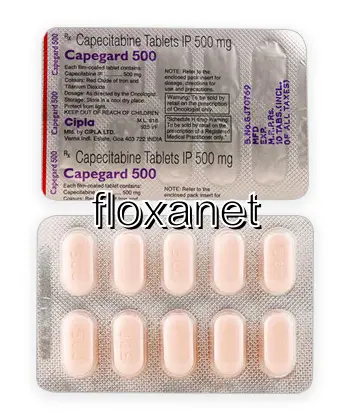| Package | Dosage | Price | Price per Dose | |
|---|---|---|---|---|
| Dosage: 500mg | ||||
| 20 pill | 500mg | AUD932.82 | AUD46.68 | |
| 10 pill | 500mg | AUD584.05 | AUD58.32 | |

Xeloda Description
Overview of Xeloda
Xeloda is a brand name for capecitabine, an oral chemotherapy medication widely used to treat different types of cancers, including breast and colon cancer. In Australia, it is commonly prescribed by oncologists as part of a comprehensive cancer treatment plan. Xeloda offers a convenient alternative to intravenous chemotherapy, allowing patients to take their medication at home with minimal hospital visits. As a targeted therapy, it helps to stop or slow down the growth of cancer cells, providing a vital option for many patients seeking effective cancer management.
How Xeloda Works
Once ingested, Xeloda is metabolized in the body into fluorouracil (5-FU), an active compound that interferes with the cancer cells’ ability to multiply. It targets dividing cells selectively, which helps to reduce some of the side effects typically associated with traditional chemotherapy. The oral administration format allows a more flexible treatment schedule, which many Australian patients find preferable compared to IV options. However, it is essential to follow the dosage instructions carefully to minimize adverse effects and ensure maximum effectiveness.
Usage and Dosage
The dosage of Xeloda prescribed varies depending on the type and stage of cancer, as well as individual patient factors. Usually, it is taken twice daily for two weeks, followed by a one-week rest period. The medication should always be taken with water, approximately 30 minutes after a meal. Patients must strictly adhere to their healthcare provider’s instructions and not adjust their dose without medical advice. Regular monitoring through blood tests is necessary, particularly to watch for side effects or signs of toxicity.
Advantages for Australian Patients
One significant benefit of Xeloda in the Australian healthcare system is its accessibility. It allows patients in rural or remote areas to receive effective cancer treatment without frequent hospital visits. This oral therapy offers greater flexibility in managing daily life, helping patients maintain their independence and quality of life during treatment. Additionally, Australian clinics and pharmacies stock Xeloda, making it readily available through approved channels with proper prescription and supervision.
Potential Side Effects
Like all chemotherapy drugs, Xeloda can cause side effects. Common ones include fatigue, nausea, hand-foot syndrome (redness, swelling, and pain on palms and soles), and digestive issues. Some patients may experience low blood counts, increasing the risk of infection or bleeding. Serious side effects are less common but require immediate medical attention. Patients are advised to report any unusual symptoms, such as severe diarrhea, mouth sores, or signs of allergic reactions, to their healthcare provider promptly. Proper management and supportive care can help mitigate many of these side effects.
Considerations and Precautions
Before starting Xeloda, patients should disclose their full medical history and current medications to their doctor. Certain conditions, such as liver or kidney impairments, may affect how the medication is processed and may require dosage adjustments. Xeloda is not suitable for pregnant or breastfeeding women, as it could harm the developing fetus or infant. Australian health authorities recommend regular monitoring to detect early signs of adverse effects and to adapt treatment as necessary.
Conclusion
Xeloda remains a valuable option for many Australian patients battling cancer. Its oral route of administration, combined with proven efficacy, makes it a popular choice in modern oncology care. However, careful adherence to medical advice and vigilance for side effects are crucial to ensuring safe and effective treatment. With proper management, Xeloda provides hope for improved outcomes and better quality of life during cancer therapy.